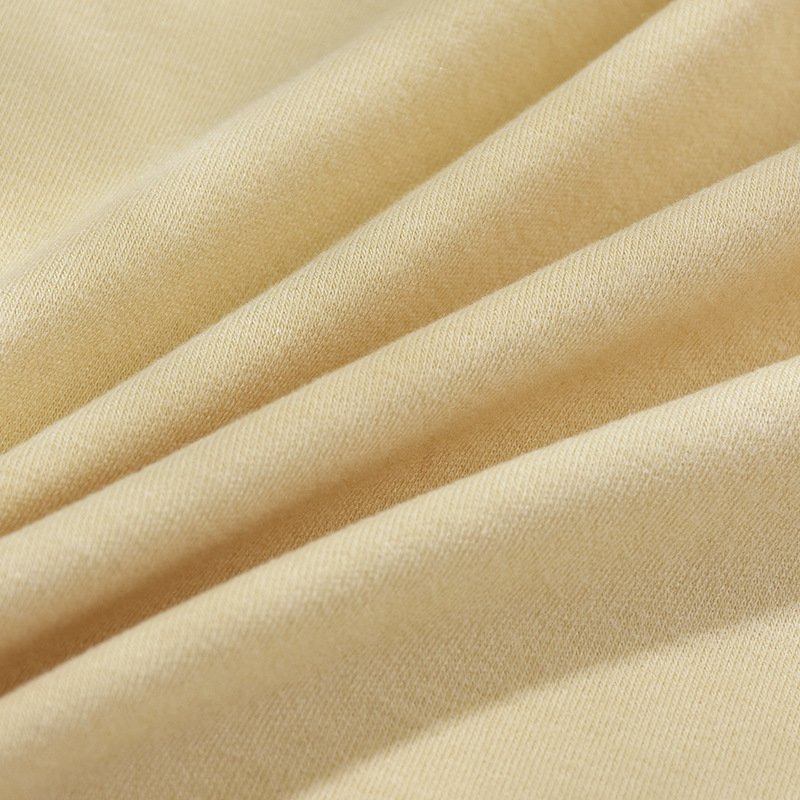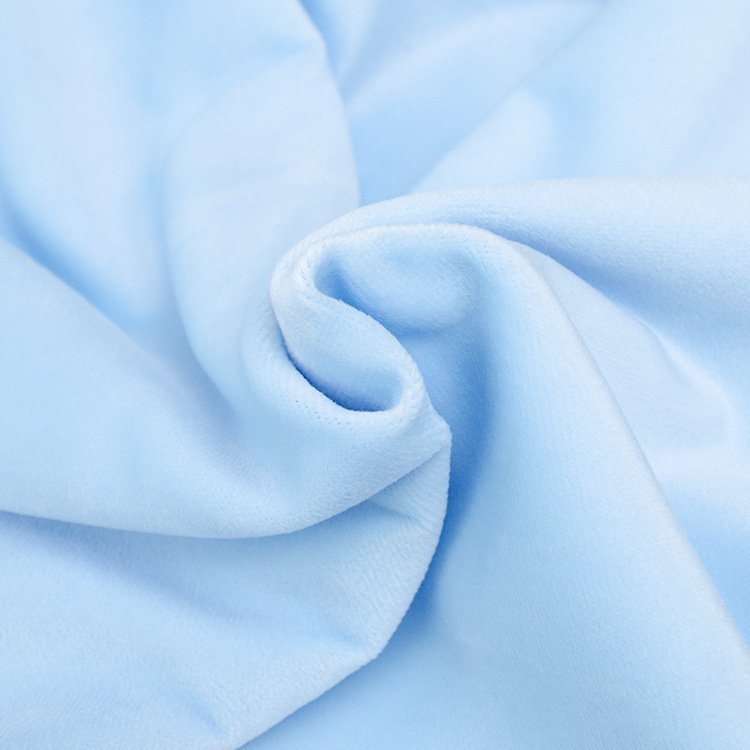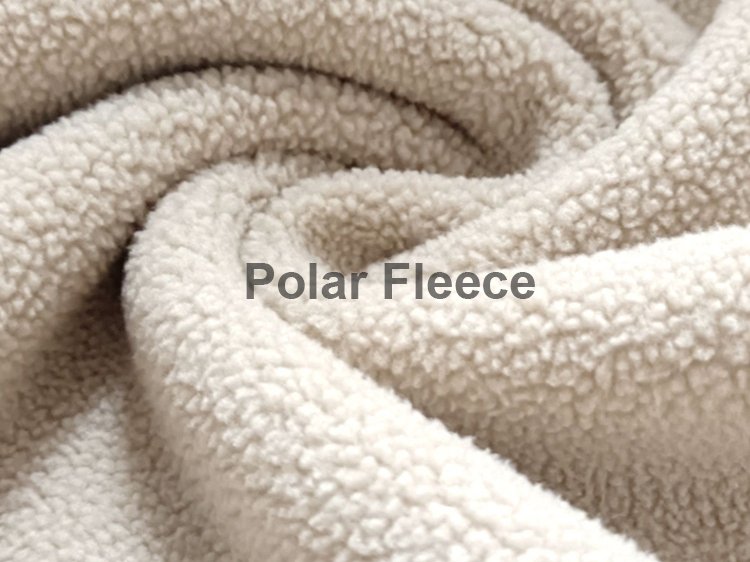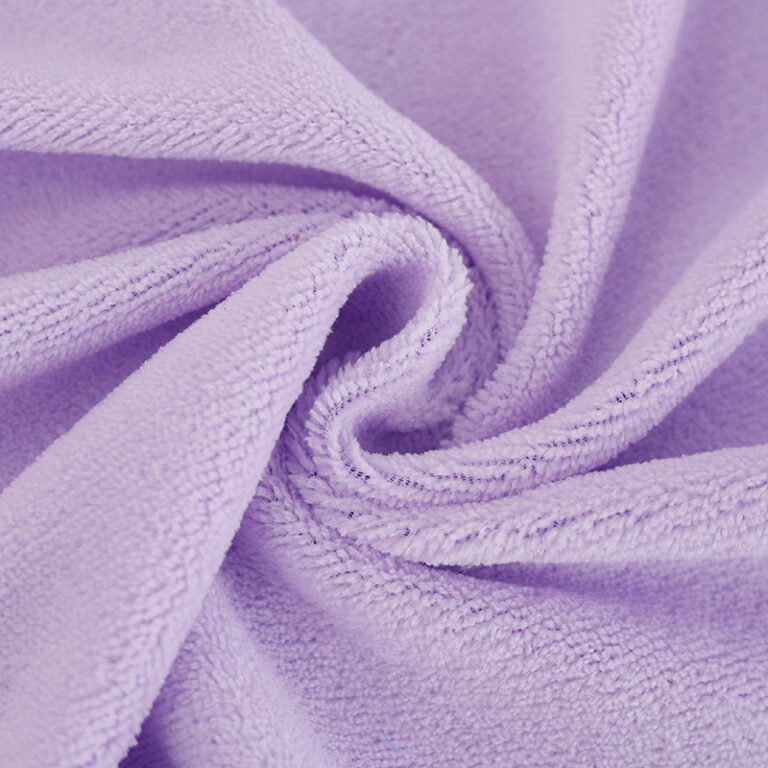Every Successful Clothing Brand From Start-Up
Baby Fleece: Everything You Need to Know



Baby fleece is a popular fabric choice for infant clothing and accessories, valued for its softness, warmth, and gentle touch on delicate baby skin. This blog will delve into the details of baby fleece, exploring its characteristics, advantages, and various applications.
What is Baby Fleece?
Baby fleece is a type of synthetic fabric, usually made from polyester. It is known for its plush, fluffy texture and excellent insulating properties. The fabric is created by weaving fibers into a light, breathable material, and then brushing the surface to create a soft, napped finish. This process results in a fabric that is incredibly soft and warm, making it ideal for baby products.
Characteristics of Baby Fleece
- Softness: The primary characteristic of baby fleece is its incredibly soft texture. This makes it gentle on a baby’s sensitive skin.
- Warmth: Baby fleece provides excellent insulation, keeping babies warm without being too heavy or bulky.
- Lightweight: Despite its warmth, baby fleece is lightweight and easy to handle, making it perfect for baby clothes and blankets.
- Breathability: The fabric allows air to circulate, preventing overheating and ensuring comfort.
- Durability: Baby fleece is known for its durability. It can withstand frequent washing and maintain its softness and shape over time.
- Hypoallergenic: The synthetic fibers used in baby fleece are less likely to cause allergic reactions, making it a safe choice for babies.
Advantages of Baby Fleece
- Comfort: The softness and lightweight nature of baby fleece ensure maximum comfort for babies, making it ideal for sleepwear, blankets, and clothing.
- Easy Care: Baby fleece is machine washable and dries quickly, making it convenient for busy parents. It retains its shape and softness even after multiple washes.
- Variety: Available in a wide range of colors and patterns, baby fleece allows for versatile and attractive designs in baby apparel and accessories.
- Affordability: Compared to natural fibers like wool, baby fleece is more affordable while still offering similar warmth and comfort.
Disadvantages of Baby Fleece
- Synthetic Nature: Being a synthetic fabric, baby fleece is not as environmentally friendly as natural fibers. It can contribute to microplastic pollution.
- Flammability: Synthetic fibers are generally more flammable than natural fibers, so it’s important to keep baby fleece products away from open flames.
- Static Electricity: Baby fleece can generate static electricity, which might attract dust and lint.
Applications of Baby Fleece
- Clothing: Baby fleece is commonly used in baby onesies, jackets, hats, and mittens due to its softness and warmth.
- Blankets: Fleece blankets are popular for swaddling and providing a warm layer for babies during sleep or outdoor activities.
- Accessories: Items such as baby booties, bibs, and soft toys are often made from baby fleece, providing comfort and warmth.
Caring for Baby Fleece
To maintain the quality and softness of baby fleece, it is essential to follow proper care instructions:
- Washing: Machine wash baby fleece items in cold water on a gentle cycle.
- Drying: Tumble dry on low heat or air dry to prevent the fabric from becoming stiff.
- Avoiding Fabric Softeners: Fabric softeners can reduce the softness of fleece over time, so it is best to avoid using them.
Conclusion
Baby fleece is a versatile and practical fabric choice for baby clothing and accessories. Its softness, warmth, and durability make it an excellent option for keeping babies comfortable and cozy. By understanding its characteristics and proper care techniques, parents can ensure that baby fleece products remain soft and gentle for their little ones.
For more insights into various fabrics and their applications, visit our blog at Yuanyi Apparel. We provide comprehensive information on different textiles to help you make informed choices for your apparel needs.






